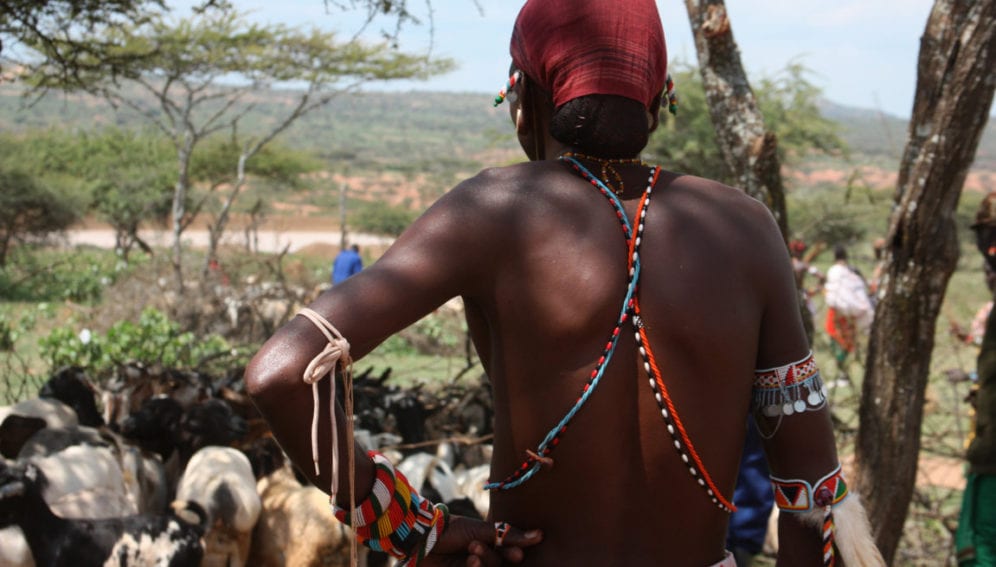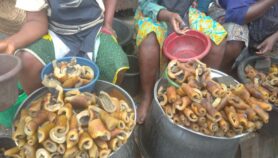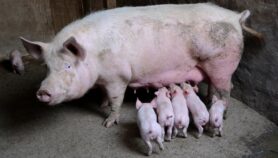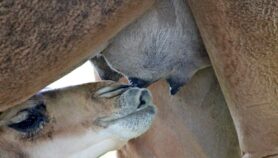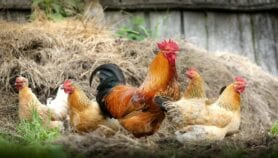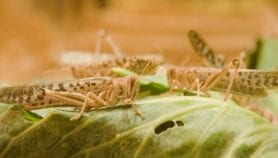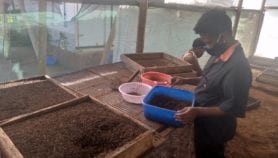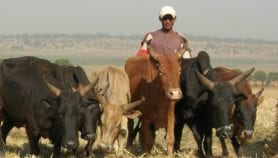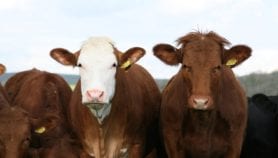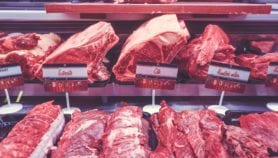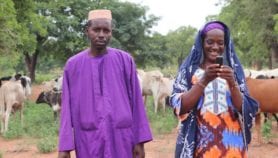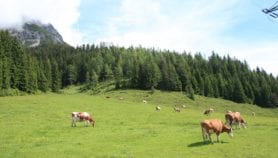By: Alberto Leny
Send to a friend
The details you provide on this page will not be used to send unsolicited email, and will not be sold to a 3rd party. See privacy policy.
[NAIVASHA, KENYA] Scientists in South Africa are developing a combination vaccine with the potential to offer protection against five major livestock diseases.
The first stage of the vaccine project was funded by the Canadian International Food Security Research Fund (CIFSRF) through the Canadian International Development Research Centre (IDRC) with 3.1 million Canadian dollars (almost US$2.9 million) for the period March 2012 to August 2014.
Pilot studies under laboratory-controlled conditions during the first stage of the project indicate that the five-in-one vaccine protects against lumpy skin disease in cattle, sheep pox and goat pox.
“For our vaccines to be effectively used by emerging rural farmers, education in livestock care and vaccine use is critical.”
David Wallace, Onderstepoort Veterinary Institute, South Africa
The progress made on its development was revealed at the Research to Feed Africa Symposium held in Kenya’s Naivasha town last month (23-27 June) where an international team gathered to review ten research projects they have been conducting since 2011 with 60 million Canadian dollars (about US$56.1 million) funding from the CIFSRF.
The vaccine is being developed by the South Africa-based Onderstepoort Veterinary Institute (OVI) — a constituent of the country’s Agricultural Research Council — jointly with the University of Alberta, Canada.
Senior scientists involved in the project say that the new vaccine, which is being trialled in the pastoralist livestock-keeping community in semi-arid northern Kenya, once fully developed, will be affordable to farmers. It will also be stable to heat and give long-term protection by requiring only one single injection.
Pascal Sanginga, a senior programme specialist at the IDRC, says the vaccine could be used in countries in Sub-Saharan Africa with conditions similar to that of Kenya.
“Studies show 80 per cent efficacy of the new vaccine,” Sanginga tells SciDev.Net. “The vaccination also involves only one dose instead of the current three or four. Since it is heat-stable, it does not require refrigeration, as in the current situation.”
The researchers say they have submitted a proposal to the CIFSRF to scale up the vaccine’s development.
The second stage, for which the researchers are seeking scale-up funding, targets Rift Valley fever and ovine rinderpest, also called peste des petits ruminants, a contagious disease that affects small animals, including goats and sheep.
According to Sanginga the team is also targeting the development of a second vaccine to protect pigs against African swine fever.
The project is using an integrative and gender-responsive approach, linking vaccine development with education, economics and social science with a focus on farmers, says Sanginga.
David Wallace, a senior scientist at the OVI, adds: “For our vaccines to be effectively used by emerging rural farmers, education in livestock care and vaccine use is critical and we expect greater food and economic security through improved animal health”.
Hezron Wesonga, a principal investigator with the Kenya Agricultural Research Institute concurs: “Farmers should be keen to buy a vaccine combining a vaccine for five diseases”.
The next phase of the project should involve the private sector, Wesonga adds.
This article has been produced by SciDev.Net's Sub-Saharan Africa desk.


